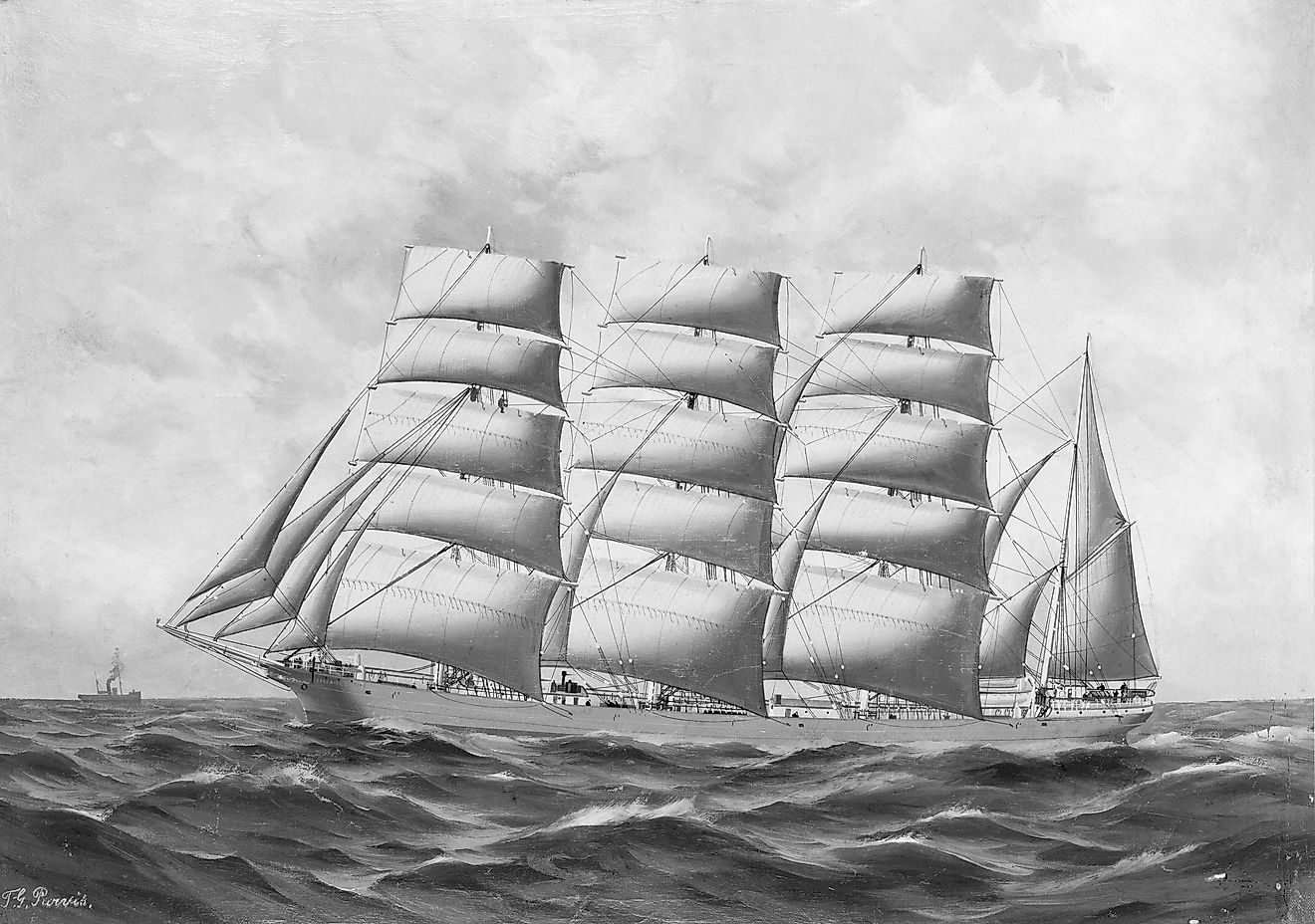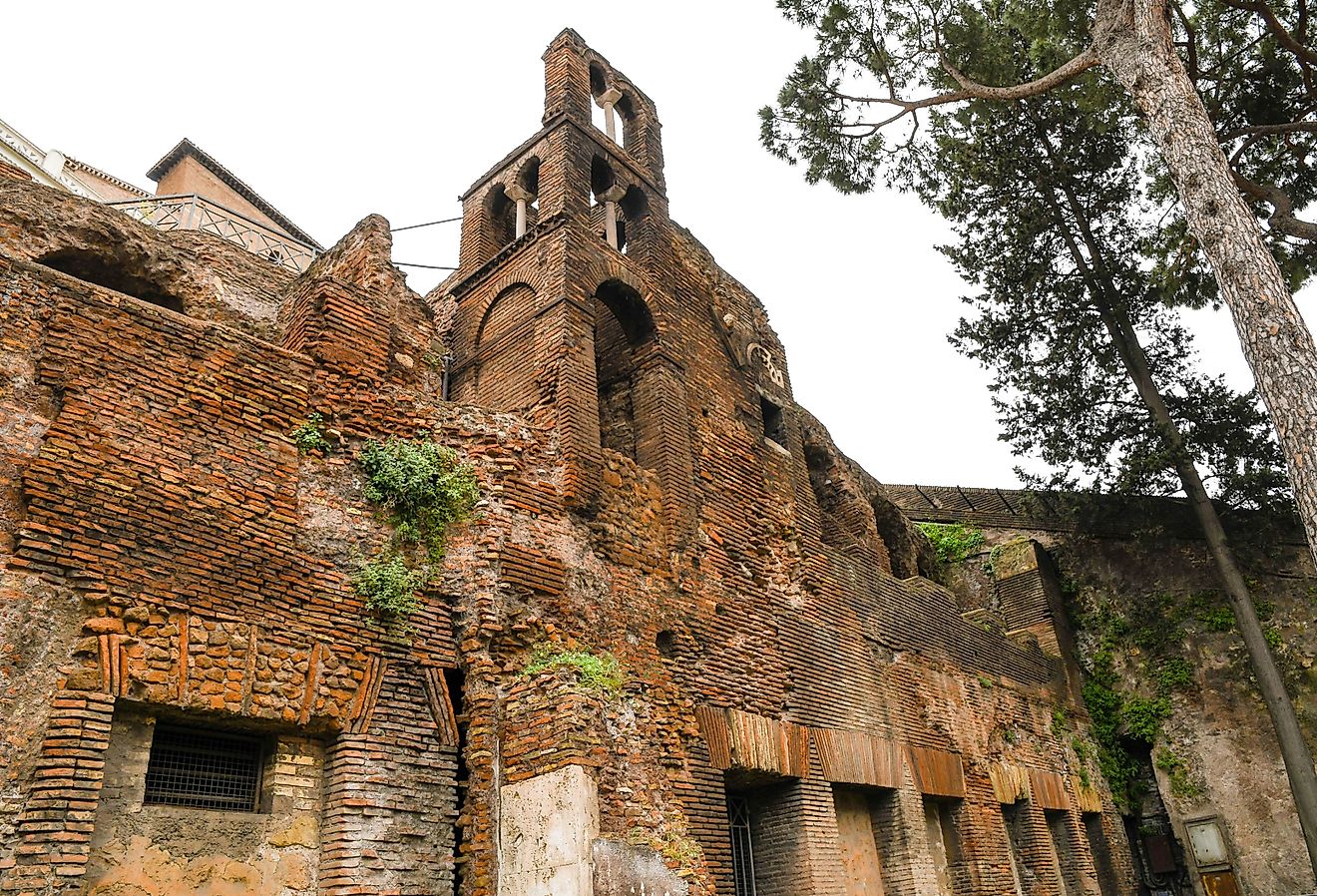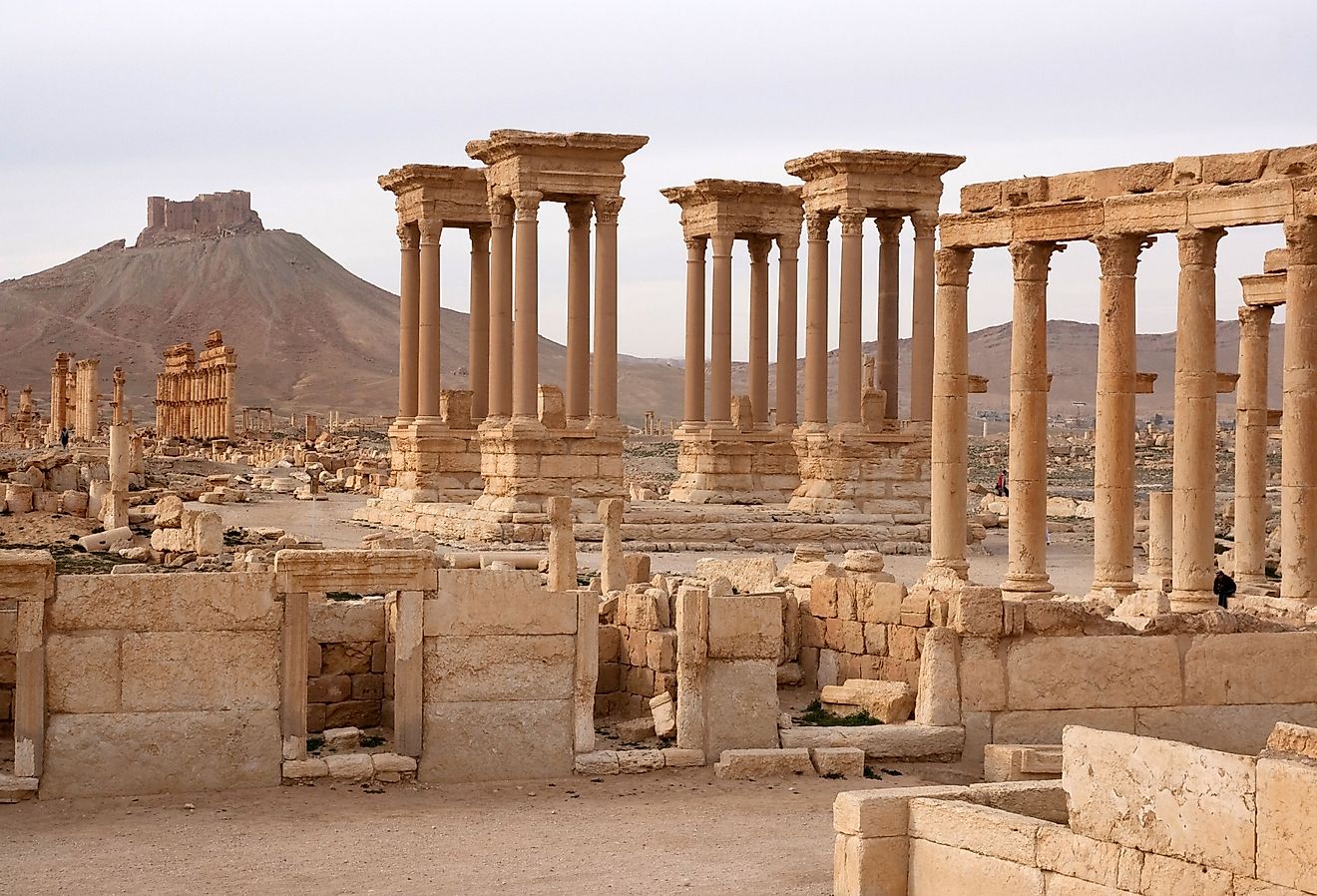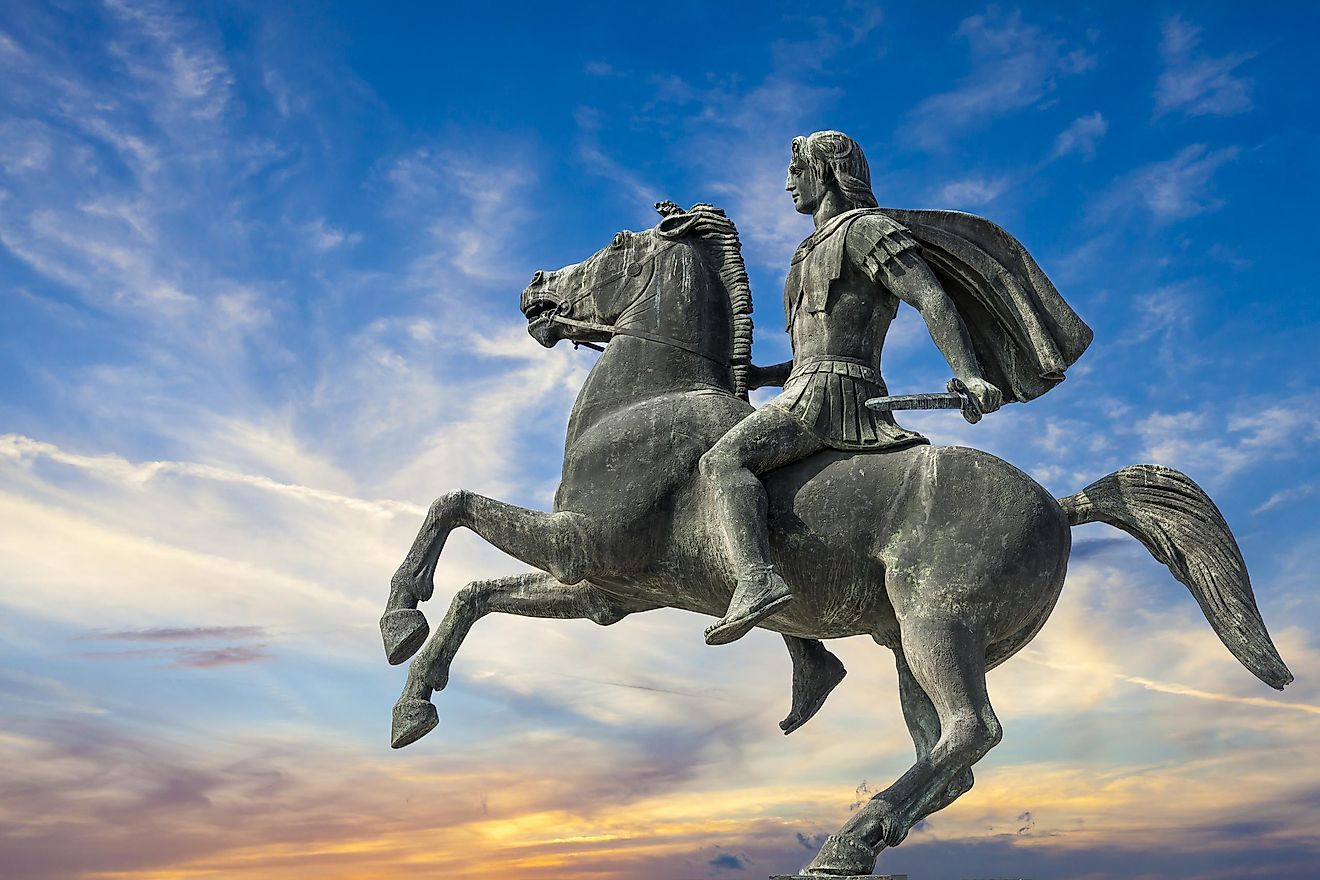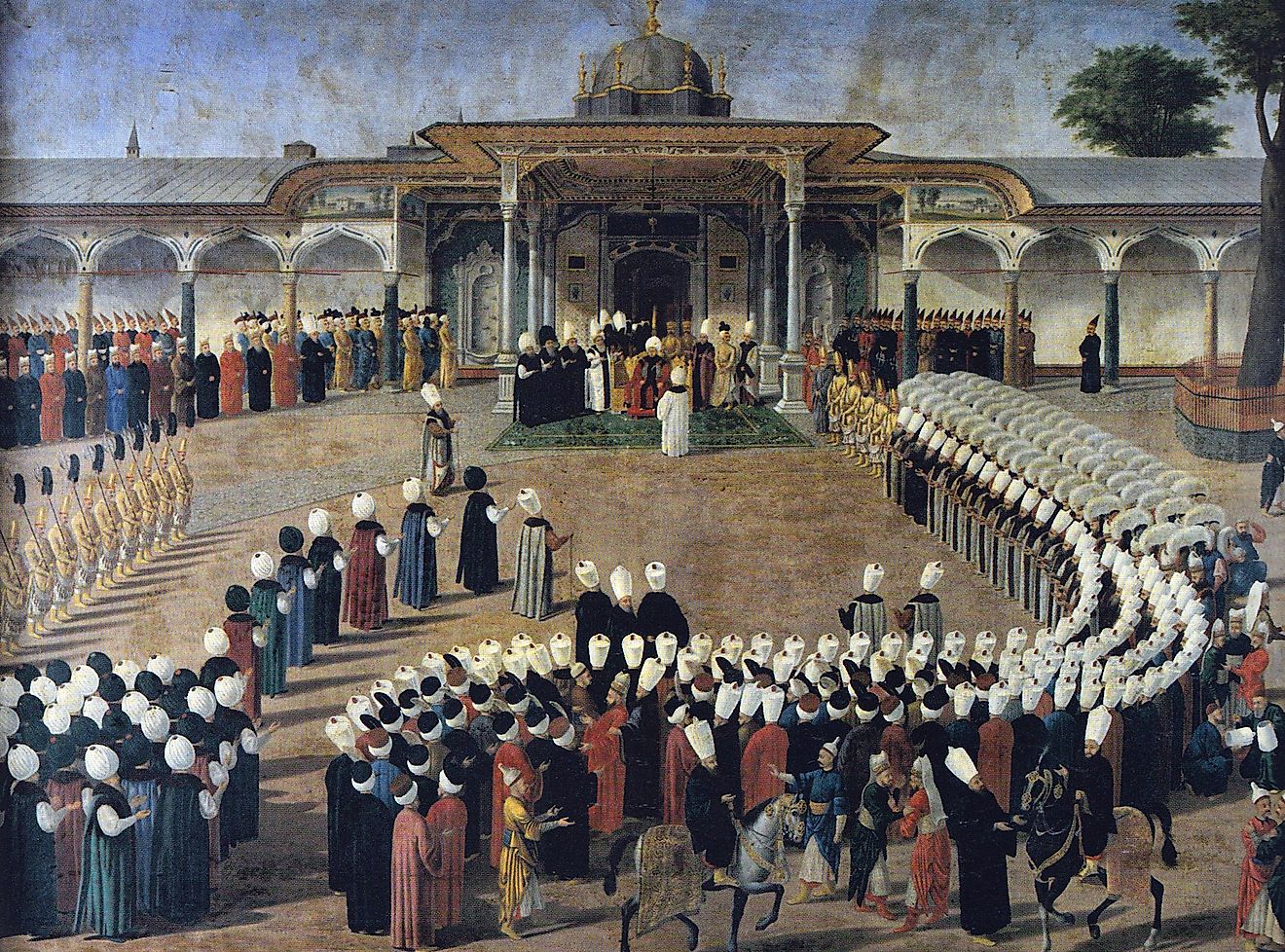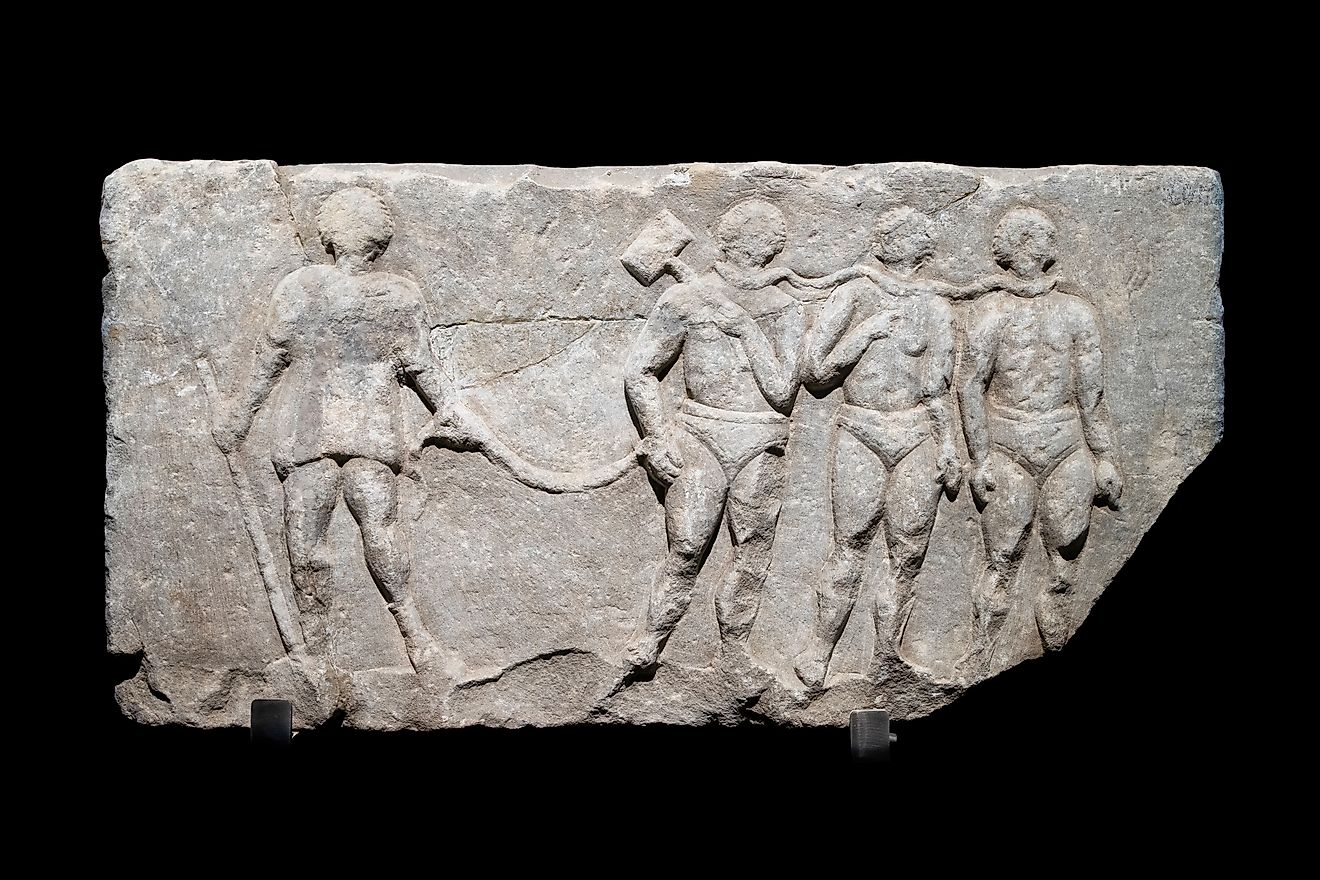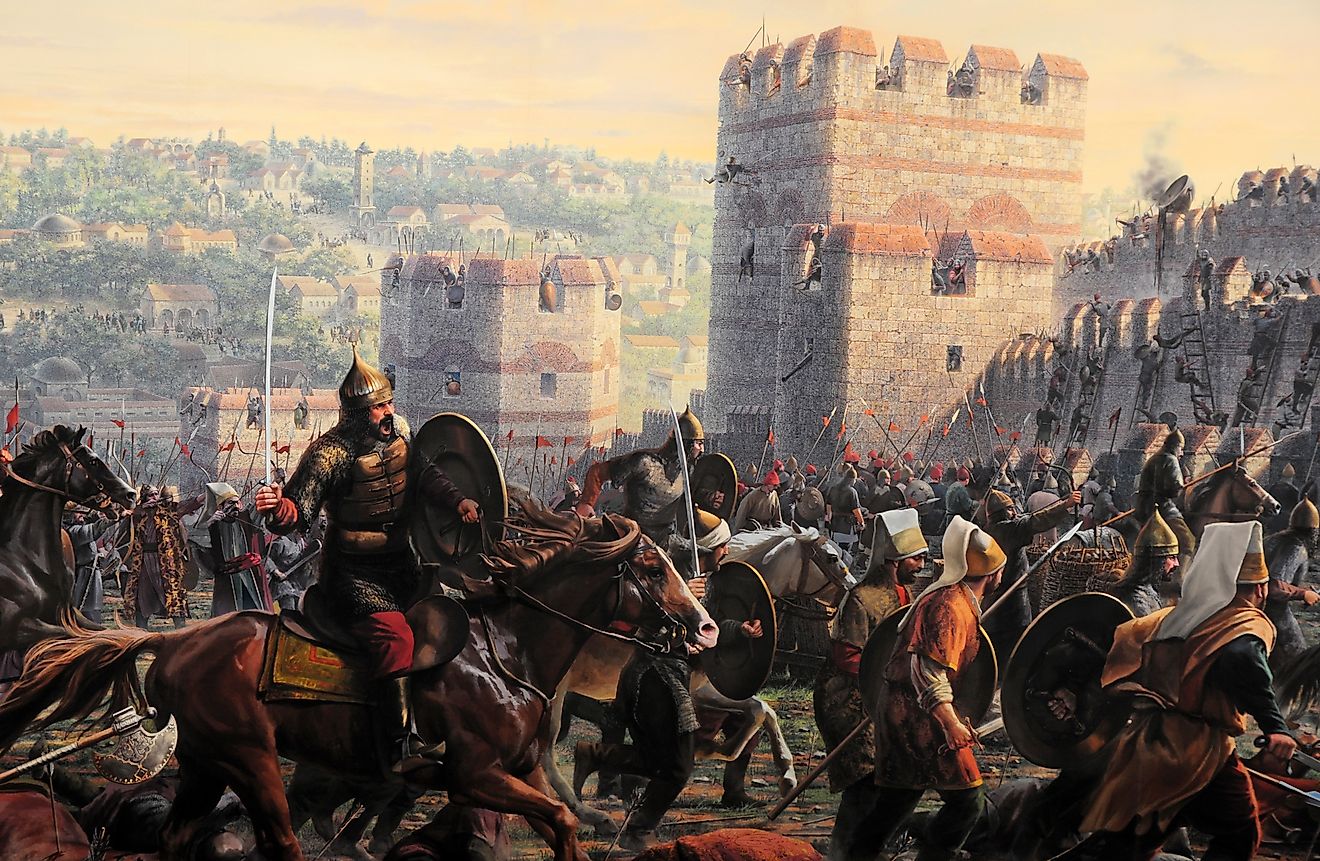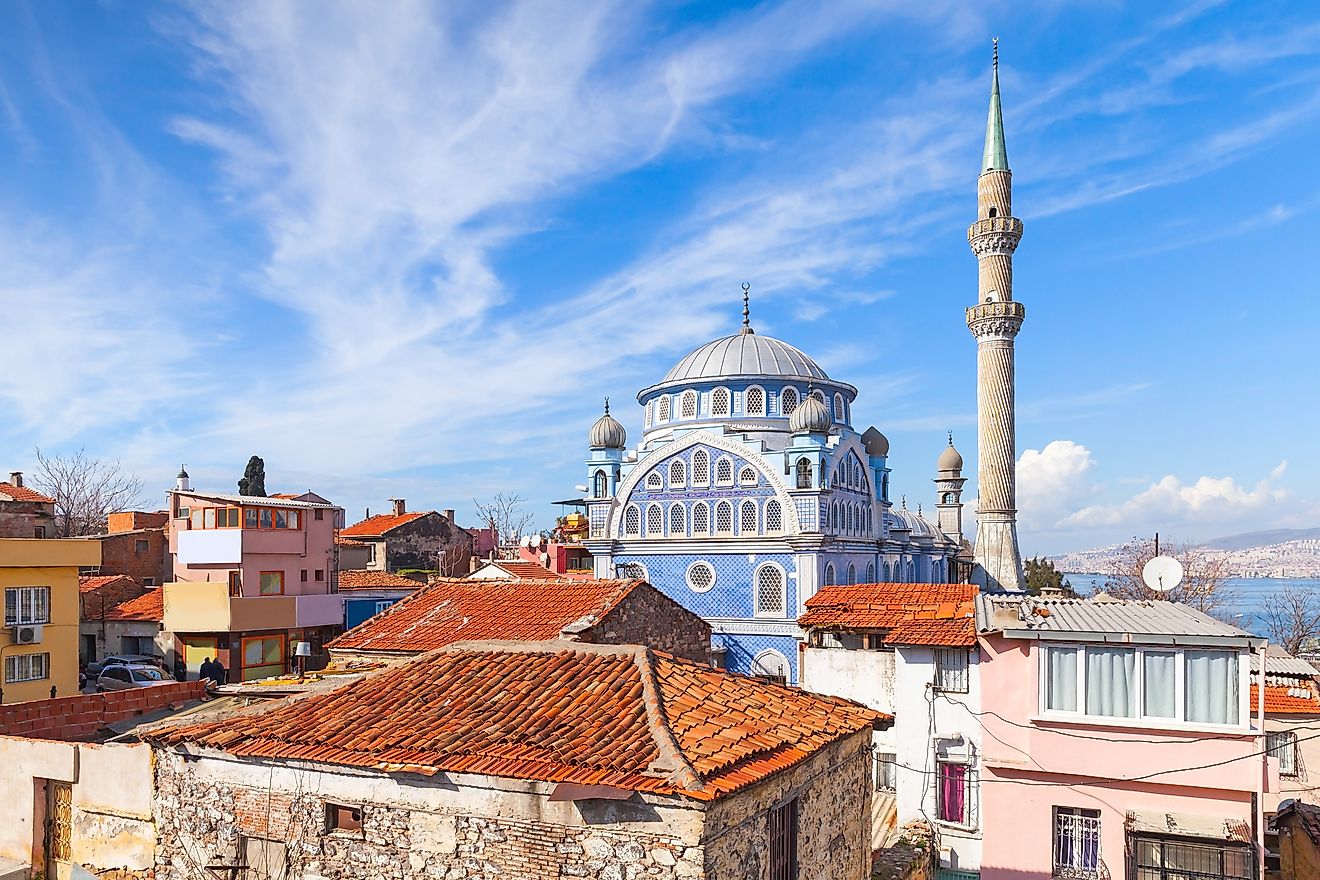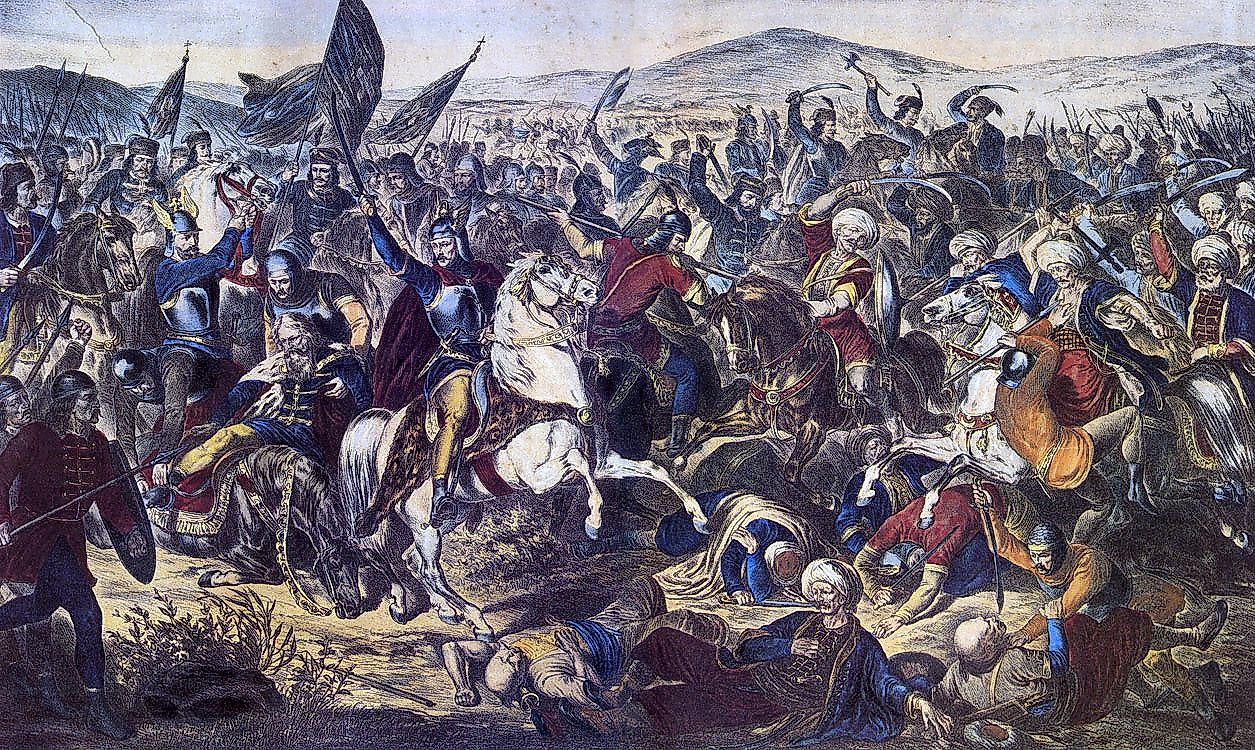
The Ottoman Empire: Early Expansion Into Europe And Egypt
Starting from humble beginnings, the Ottoman Empire would grow to become one of the largest and most powerful empires the world has ever known. Spanning across three continents, at the height of its power in the 16th century, tens of millions of people lived under its rule. The standard of living, prosperity, and wealth that the Ottomans ushered into their lands had not been seen since the time of the Romans.
While the influence and prestige of the empire slowly faded after the failed Siege of Vienna in 1683, the Ottoman's quick and sudden rise to power was nothing short of extraordinary. Beginning as an insignificant nomadic tribe from Central Asia, the Ottomans grew into a mighty empire in only a few short centuries and would last until the end of the First World War.
Osman I
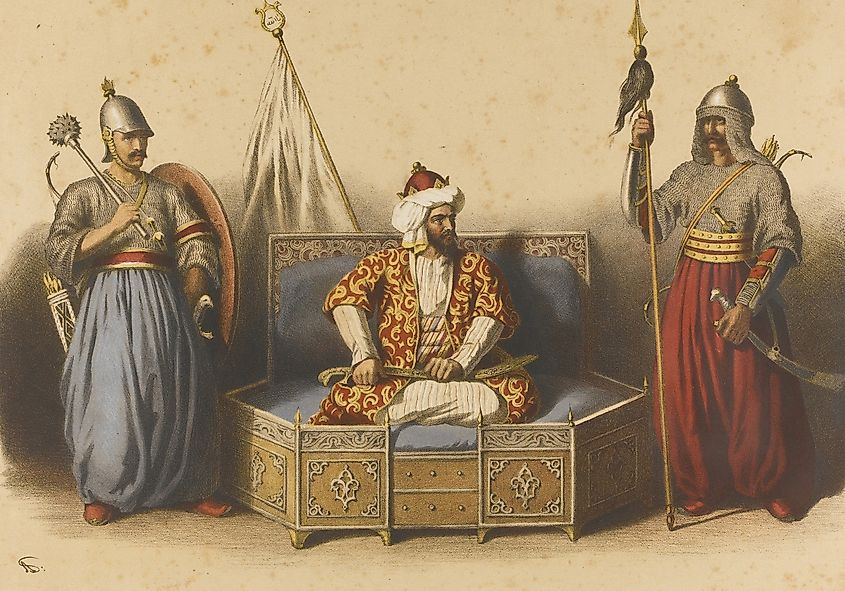
The story of the Ottoman Empire begins with Osman I. In 1299 AD, in the wake of the Mongol invasion of the Middle East, dozens of Turkik tribes had flooded into Anatolia. One of these tribes was under the rule of Osman I. Osman was a cunning and capable leader who was incredibly perceptive of the weaknesses of his neighbors. Both the other Turkic tribes and the ever-weakening Byzantine Empire were ripe for the taking. Osman conquered the Byzantine province of Bithynia and then moved to eliminate his fellow Turkic chiefs who threatened his rule.
By 1345, Osman was dead, but his forebearers continued to conquer in his name. The Ottomans controlled a sizeable plot of land in Anatolia and were now in the position to make the daring cross into Europe. The Byzantines, who controlled much of Thrace, were weak and preoccupied with petty internal squabbles. Now was the perfect time to strike.
Into The Balkans
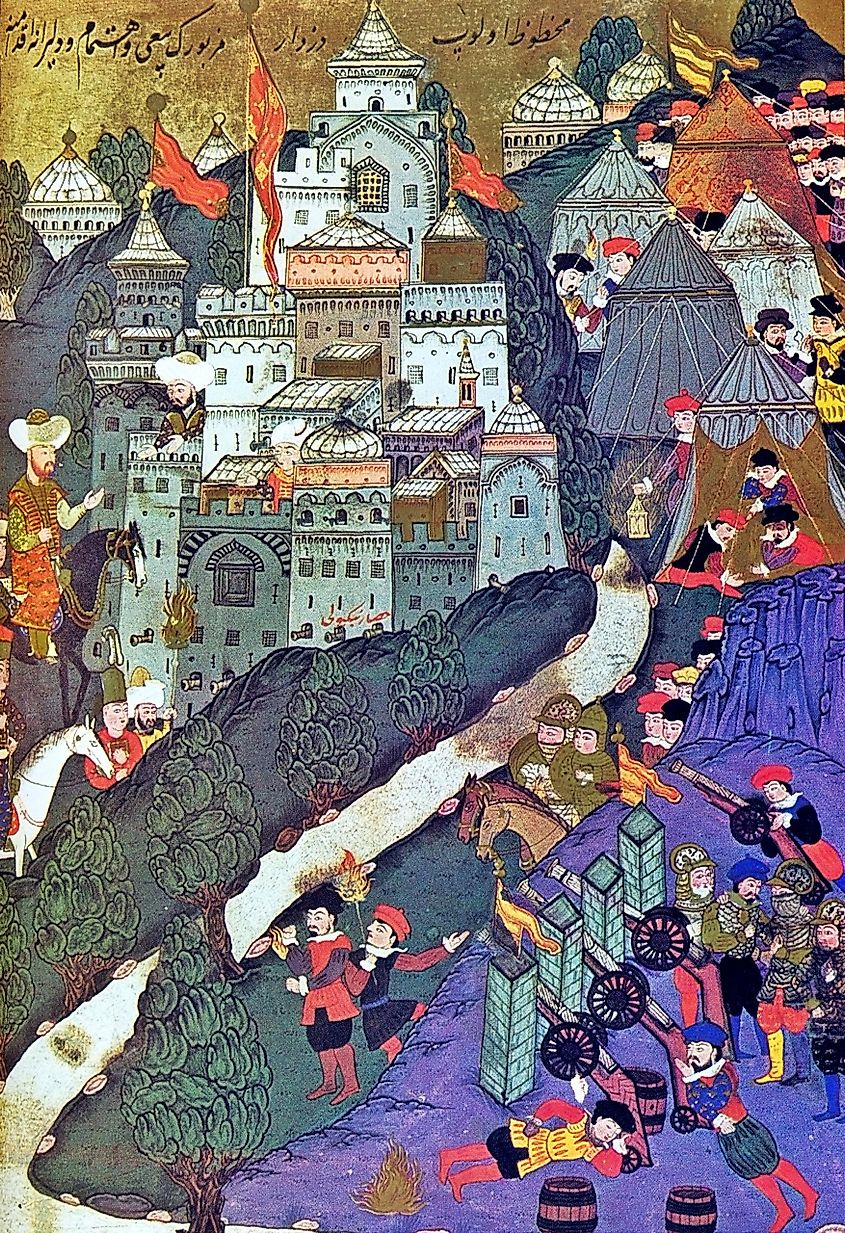
The Ottoman and Byzantine clashed in many wars in the middle of the 14th century. With each conflict, the Ottomans slowly chipped away at what remained of a once great empire. Soon, the Ottomans controlled both Thrace and Macedonia, and it was not long before the Byzantines were left stranded within the walls of their capital city, Constantinople.
Not only did the Byzantines suffer at the hands of the newly arrived Ottomans, but so did the rest of the nations within the Balkans. In 1389, the Ottomans managed to conquer Serbia at the Battle of Kosovo and then destroyed a Crusader force at the Battle of Nicopolis in 1396, bringing Bulgaria into the fold as well.
In 1402, the Ottomans would enter into a chaotic and bloody civil war known as the Ottoman Interregnum but emerged from it in 1413 as strong as ever. For the next 30 years, Ottoman sultans made concerted efforts to hold and consolidate their power. In 1444, the Ottomans defeated yet another Crusading army at the Battle of Varna. With no more external threats on the horizon, the Ottomans were finally free to snuff out their stubborn Byzantine rivals once and for all.
The Fall Of Rome In The East
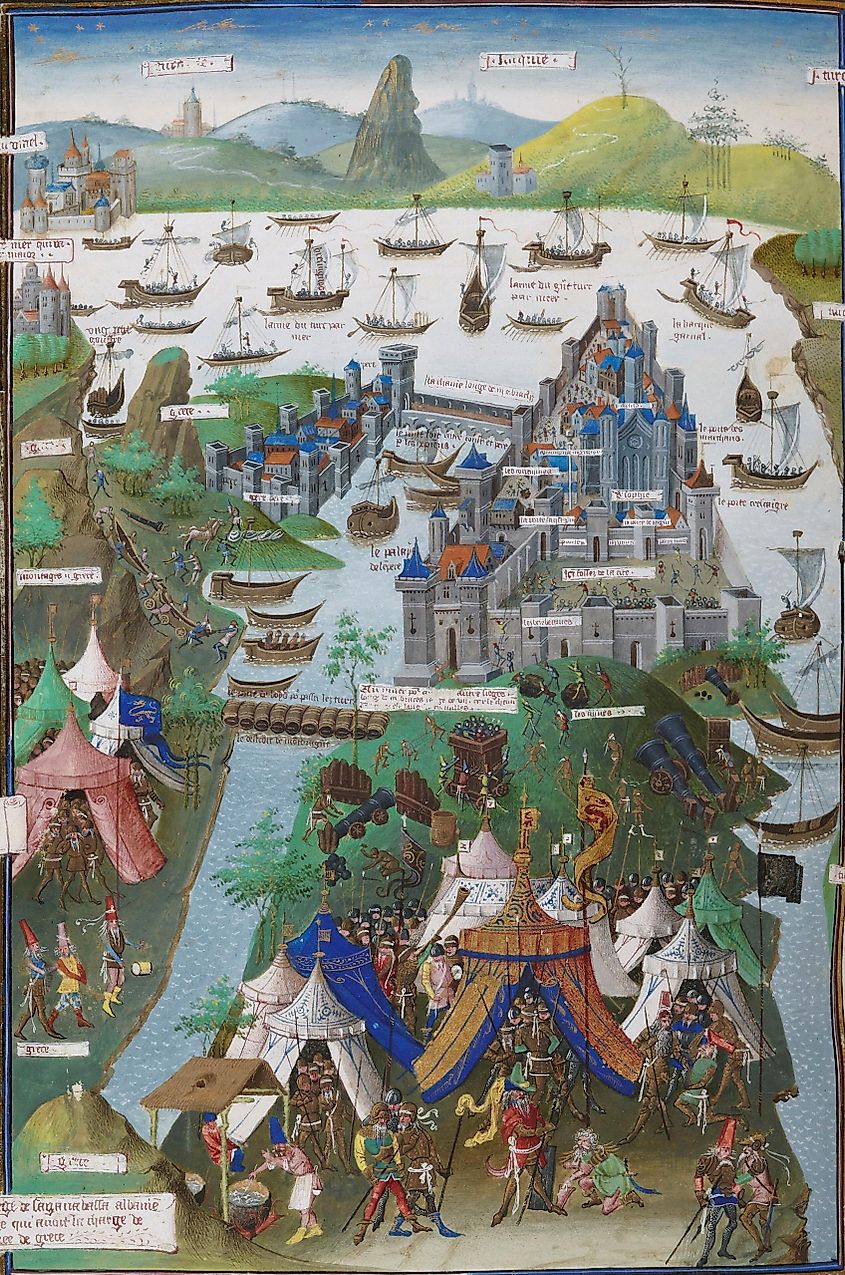
Under the command of Mehmed the Conqueror, the Ottoman army laid siege to Constantinople in 1453. This was not the first time the city had been under siege by the Ottomans. In previous decades, Ottoman armies had attacked the city but were unsuccessful, thanks to the near impenetrable walls of Constantinople. Constructed in the times of the Roman Empire, the Theodocian Walls that protected the city had remained its strongest deterrent since the city was first founded more than 1000 years ago. However, this time was different.
Mehmed had come well prepared. Unlike the previous failed attempts to take the city, Mehmed introduced a new and devastating weapon into the equation. In preparation for the monumental task of taking Constantinople, Mehmed commissioned the construction of enormous siege cannons known as bombards to take down the formidable walls of the city.
The Byzantines put up stiff resistance against the Ottomans, but their defenses could not withstand the power of the Ottoman cannons. The city was finally conquered, and with it, the last vestige of the Roman Empire was gone. Mehmed the Conqueror named Constantinople the new capital of his empire and spent the rest of his time as sultan consolidating his power.
The Mamluks
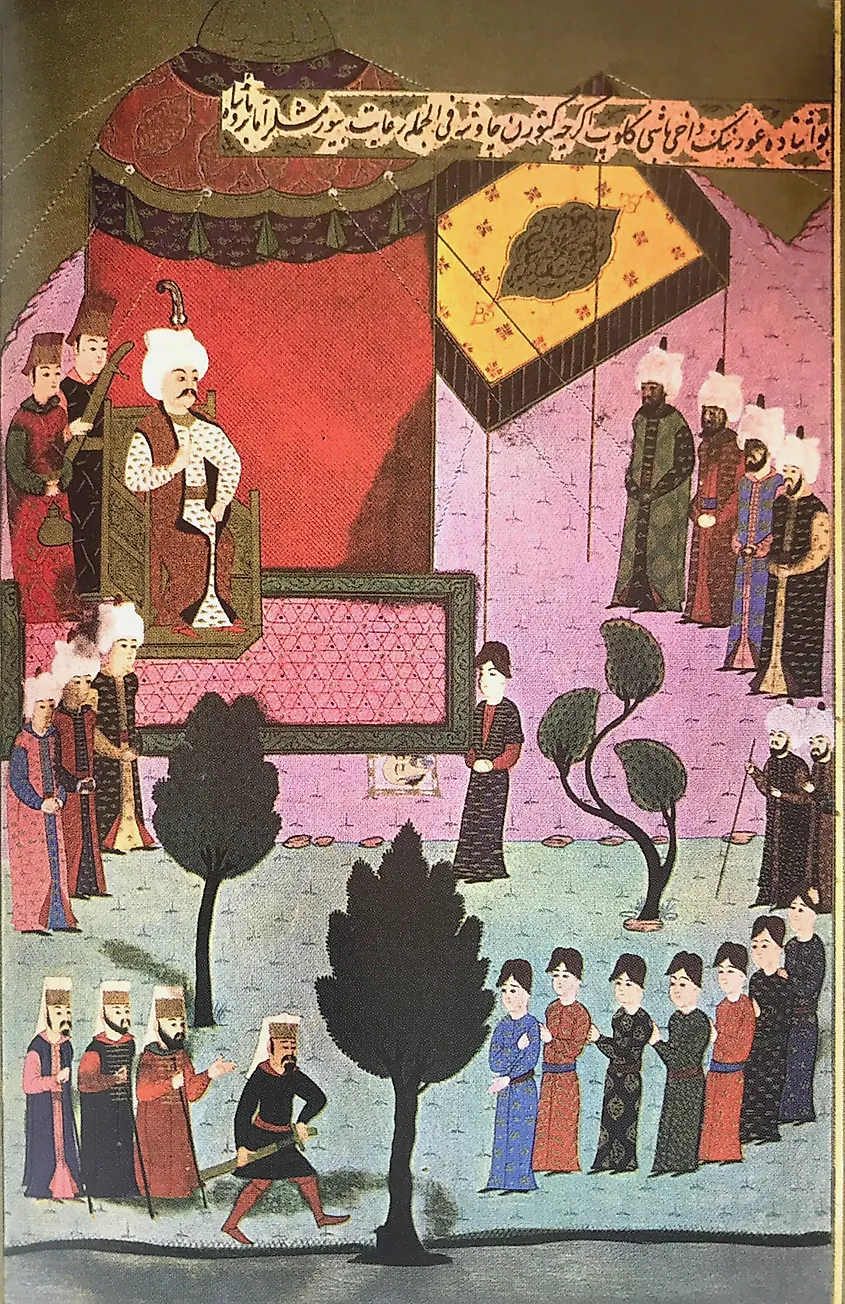
Since the capture of Constantinople, the relationship between the two Muslim powers, the Ottomans and the Mamluks, became tense at best. Both empires now controlled lands that relied heavily on the lucrative spice trade in Asia and wanted to eliminate the competition whenever possible. The Ottomans were also interested in controlling the Muslim holy cities of Mecca and Medina, both of which were protected by the Mamluks. After defeating a Persian army in Iraq in 1514, the Ottomans turned their entire attention to destroying this newfound rival in Egypt at the soonest possible moment. In 1516, the Ottomans pounced when the Mamluks were vulnerable, declaring they were the oppressors of Muslims and had no right to govern over the holy cities.
Both sides could muster armies numbering nearly 60,000 men each, but this was far from a fair fight. The Ottoman army consisted of professional soldiers who had just seen combat only two years before in Iraq, while the bulk of the Mamluk force consisted of poorly trained and equipped conscripts. The battles that took place all resulted in decisive Ottoman victories, and within only two years of the outbreak of the war, the Ottomans controlled all of Syria, Palestine, Egypt, and the holy cities within Arabia.
Professional Armies And Slave Soldiers
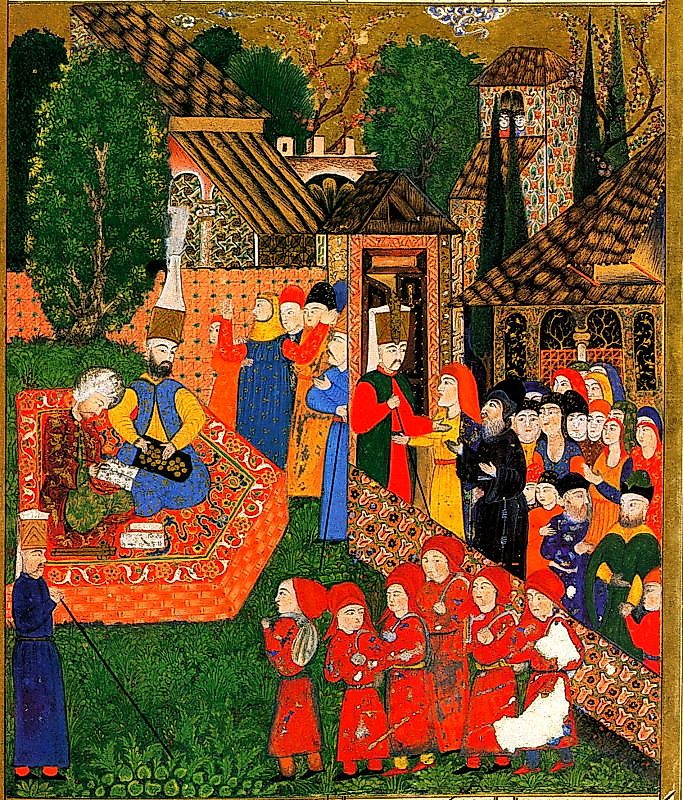
The key to Ottoman military success in the early years of the empire can be directly attributed to their professional army. One of the first of its kind, as early as the middle of the 14th century, the Ottomans maintained an army that was made up of professional full-time soldiers, a far cry from the peasant levies that still formed large segments of rival militaries. In the late 14th century, the Janissary system was introduced, only bolstering the Ottoman army even further. As they conquered Christian lands in the Balkans, the Ottomans would take the young boys of Christian families and train them from a young age to become soldiers.
Converting them to Islam as boys and having them swear loyalty to the sultan, the Janissaries were some of the most effective and loyal soldiers of their day. Sworn to not take wives they instead dedicated their lives to the sultan. Numerous times throughout the Ottoman Empire's history, it was these slave soldiers who turned the tide in battles time and time again. The Janissaries would eventually turn into an incredibly powerful and influential faction within Ottoman politics, often to the detriment of the empire, but that was centuries after the fact.
The Ottoman rise to power is perhaps one of the most remarkable and sudden success stories for any empire in history. Not only was it able to gain power, but it was also able to maintain it well into the 20th century, something that many other upstart conquerors failed to accomplish. Lasting more than 600 years, it is nothing short of extraordinary that the Ottomans were able to conquer so successfully and hold on to the areas they annexed so stubbornly despite the best efforts of their rivals. Today, the modern nation of Turkey inherits its legacy, albeit with much less of an emphasis on invading neighboring countries.
